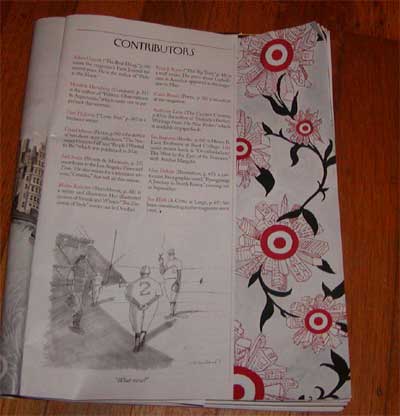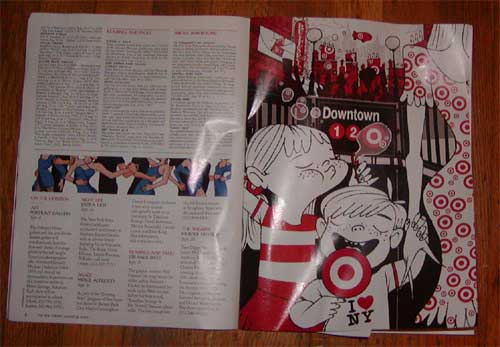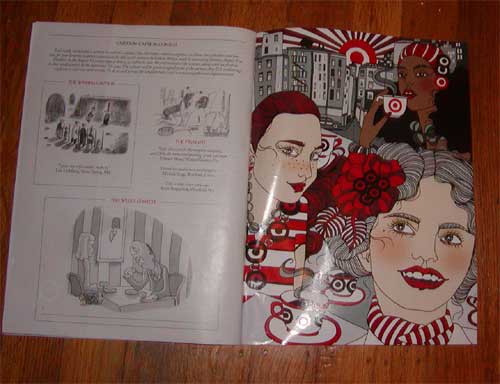A good critic would tell you why a film is boring. A good critic would keep the plot summary as brief as possible and cite specific examples for why he felt the way he did. A good critic would, even if the filmmaker failed, try to suggest what the filmmaker was attempting and pinpoint common motifs that have either evolved or have been abandoned.
David Denby is sometimes a good critic, but his review of Elizabethtown is boring, without supporting example and laced with putdowns far beneath Anthony Lane’s lofty heights. To describe a film as “boring” is not enough. To describe “meaningless images” without indicating why they are meaningless is not enough. To insinuate at a lack of screen chemistry between the two leads is acceptable, but to leave the criticism ambiguous and without scope is not enough.
In other words, this review suggests that, at least in this case, David Denby is not a good critic. Perhaps he is better intended for lengthier reviews.
Then again, I’m wondering if this is all an effort by the New Yorker to gravitate towards snarky blurbs in lieu of actual criticism. The “Briefly Noted” section, for example, involves anonymous staffers writing quick blurbs, but it’s curious to me that one rarely sees any raves, let alone qualifying examples, within this section.
Take the latest quartet: Melania G. Mazzucco’s Vita is “intermittently commanding” and the book is praised for “pungent fictional details.” Not “penetrating” but “pungent,” as if to suggest that the book’s chief advantage is that you can whiff a somewhat distressing yet redolent aroma instead of submerging yourself into the text.
Mary Gaitskill’s Veronica fares slightly better, but the critic dismisses this too, suggesting, “An analogous allure pervades this book.” So Gaitskill’s not clear-cut enough for the hoary-heared man in the closet, but if there’s any hope of stepping into the verdure, then you might just be tempted to be transfixed by the green.
The blurb for James Shapiro’s A Year in the Life of William Shakespeare is less a review, but more of a fussy neologist quibbling over of tone for the accepted thesis (how public events influenced Shakespare’s plays) rather than the supportive argument.
And J.R. Moehringer’s The Tender Bar, we have scenes that often feel “contrived and mawkish.” But since there’ s not enough space here for the unnamed critic to provide examples, and since s/he cannot be bothered to identify him/herself, these two modifiers essentially translate into nothing. They are, in fact, no more penetrating from an adjective-laden “literature” blurb in Maxim dumbed down for public consumption, with the magazine’s presumed sophistication there in the tone and the language.
I’ve always thought that sophistication involved having a solid argument with supportive examples. And while the New Yorker may be “sophisticated” in language, its criticism of late has shown, time and time again, that there is very little that these critics are permitted to think about. Such an editorial approach does a disservice to the talented people who write the reviews and the magazine in question.


